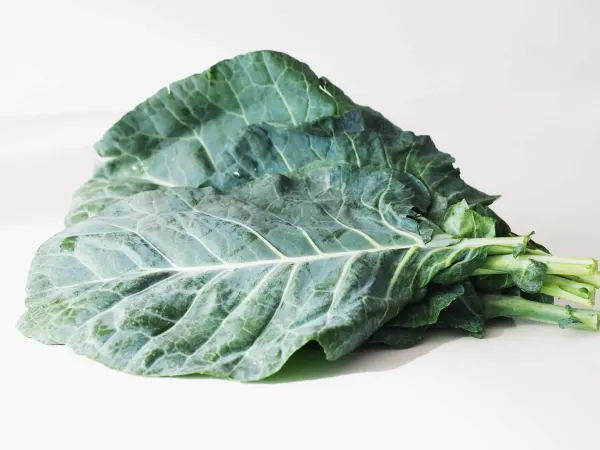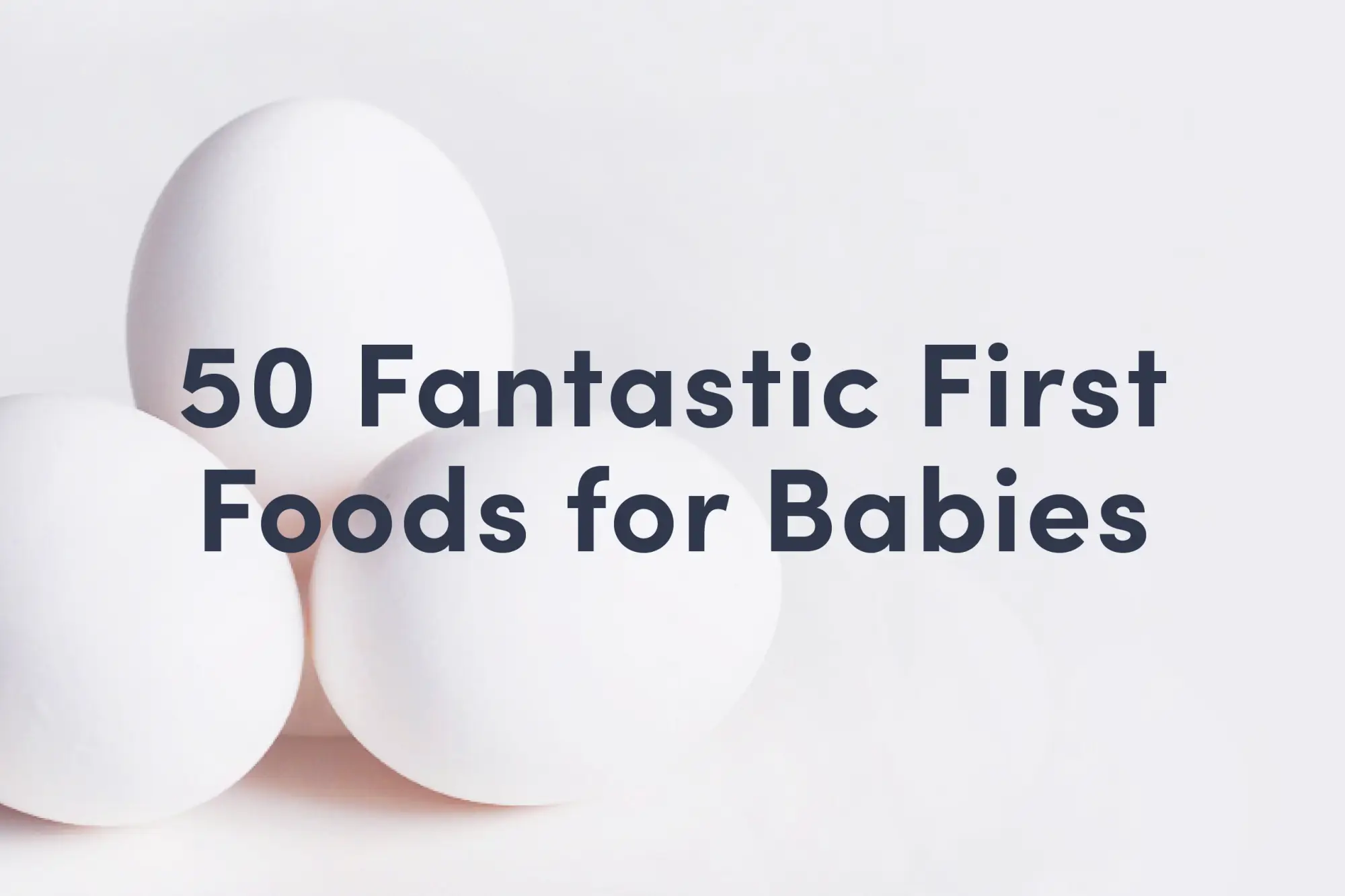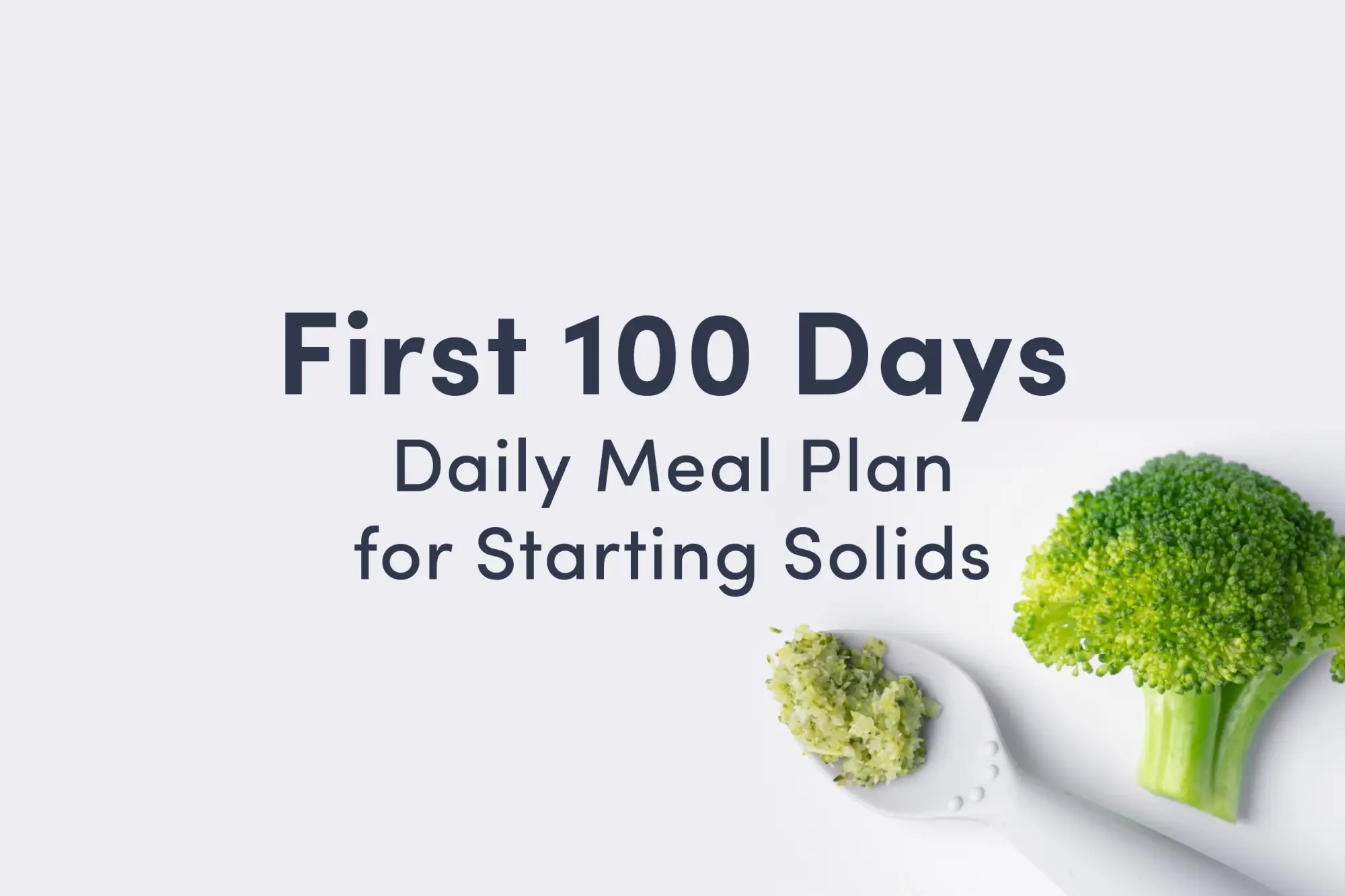Collard Greens
Vegetable
Age Suggestion
6 months
Iron-Rich
No
Common Allergen
No

When can babies eat collard greens?
Collard greens may be introduced as soon as baby is ready to start solids, which is generally around 6 months of age.
Background and origins of collard greens
Collard greens are a leafy type of brassica—the plant family that includes broccoli, cabbage, cauliflower, gai lan, kale, and romanesco. An ancient crop with roots in Eastern Europe and Western Asia, collards (as they are often called) are a staple food in regions around the world, from Africa to the Caribbean Islands to Great Britain to India, but the greens hold a special place in the culinary history of the American South.
In the 18th and 19th centuries, collards were often cultivated by white Americans and by enslaved people of African descent with expertise in growing and cooking techniques for the hearty, leafy greens of their homeland. Collards became a part of the region’s identity that continues to this day, particularly among Black Americans, for whom the greens represent resilience and enrich both everyday dishes and holiday meals, including Juneteenth and New Year’s Day feasts, where they signify good luck and prosperity. Food historian Michael Twitty, in his essay on collards and African American foodways, points out: “This food connects us to the globe. It connects us to Africa. It connects us to slavery, to freedom, to sharecropping, to migration, to triumph, to survival. It’s a powerful symbol of our history, our social identity, and the cultural politics we negotiate our lives by.”
As with all leafy greens, it is easier for a baby to eat collards once the greens are cooked and chopped. Stewing collards can soften the tough leaves and stems, just don’t throw away the broth—called pot liquor or “potlikker”, a name that traces back to plantation kitchens, where enslaved people of African descent would reserve the nutrient-rich broth for their families after serving the greens to white slave masters.
Videos
Are collard greens healthy for babies?
Yes. Collards are an incredibly nutrient-dense plant. For starters, this leafy green is packed with vitamin K to support healthy blood and bones. It offers beneficial plant compounds called carotenoids, some of which convert to vitamin A and support a baby’s immune health, skin, and vision. Collards also boast noteworthy levels of essential nutrients like vitamin C, which aids absorption of plant-based iron; folate to build new cells; most B-vitamins, choline for brain health; and calcium to help develop strong bones. And like all leafy greens, collards contain plenty of fiber, an important plant carbohydrate to foster digestion and gut health.
Collards also contain a unique group of nutrients called glucosinolates, which help the body break down toxins from the environment. This may not seem like a big deal, but in our modern era in which chemicals are all around us, adding collards and other cruciferous vegetables as a regular part of a baby’s meal can help support the removal of toxins from a baby’s body.
Collards and many other edible plants (beets, carrots, spinach, and more) contain nitrates, which are naturally occurring compounds that may negatively affect blood oxygen levels when consumed in large amounts. Babies—particularly those under 3 months of age—may be more vulnerable to excessive nitrates. For this reason, some doctors (particularly those in the European Union) may recommend holding off on introducing nitrate-rich vegetables until a baby’s first birthday. That said, both the American Academy of Pediatrics and the European Food Safety Authority summarize that nitrates in vegetables are not a concern for most children, including babies older than 6 months of age. Various organizations point out that the benefits of eating vegetables as part of a varied diet typically outweigh the risks of excess nitrate exposure from vegetables. If you’re worried, excessive nitrate exposure can be reduced by avoiding deli meats and other processed meats preserved with nitrates (here’s looking at you hot dogs and sausages!) and well water, which can be high in nitrates.
★Tip: Always wash your greens—and if your budget allows, buy organic if possible. Commercially grown leafy greens are regularly sprayed with pesticides. In a study from the USDA, 44 different pesticides on collard greens were detected, and the levels of some pesticides exceeded pesticide tolerance levels.
Are collard greens a common choking hazard for babies?
No, though an individual can choke on any food. Leafy greens can also cling to the roof of the mouth and cause a fair amount of coughing and sometimes gagging. As always, make sure you create a safe eating environment and stay within an arm’s reach of baby during meals.
For more information, visit our section on gagging and choking and familiarize yourself with common choking hazards.
Are collard greens a common allergen?
No, though in theory, any food can cause an allergic reaction, so watch closely while baby eats.
Information about allergies to collards is limited, however, collards are cruciferous and allergies to other cruciferous vegetables have been reported. Those with allergies to other cruciferous vegetables may experience a similar reaction when eating collards. Individuals with Oral Allergy Syndrome (also called pollen fruit syndrome), and in particular, those with sensitivities to mugwort pollen, may also be sensitive to cruciferous vegetables. Oral Allergy Syndrome typically results in short-lived itching in the mouth and is unlikely to result in a dangerous reaction.
As you would when introducing any new food, start by offering a small quantity for the first few times. If there is no adverse reaction, gradually increase the quantity over future meals.
How do you prepare collard greens for babies with baby-led weaning?
Every baby develops on their own timeline, and the suggestions on how to cut or prepare particular foods are generalizations for a broad audience.
6 to 12 months old:
Offer cooked and finely chopped collard greens on their own or fold finely chopped collards into mashed beans, casseroles, grains, meat patties, and omelets, or finely shred raw collard greens and offer them on their own or dressed with a healthy oil of your choice.
12 to 18 months old:
This is a great time to serve collards and other greens on their own—a more challenging texture to help develop a toddler’s eating skills. Explore recipes for boiled, braised, and stewed collards with your seasonings. Continue to regularly fold collards and other greens into dishes to increase your baby’s exposure to greens.
18 to 24 months old:
At this age, a baby who once ate everything may now be resistant to greens. Don’t give up! Continue to offer collards with meals and fold into foods, and if a child is rejecting greens entirely, try recipes for collard or kale chips. Crunchy foods can be a great gateway to the fruits and vegetables!
Dinnertime fast approaching? Check out our dinner guide for 100 easy, baby- and toddler-friendly ideas.
Written and reviewed by these specialists
J. Truppi, MSN, CNS
V. Kalami, MNSP, RD, CSP
K. Grenawitzke, OTD, OTR/L, SCFES, IBCLC, CNT
S. Bajowala, MD, FAAAAI. Board-Certified Allergist & Immunologist (allergy section)
R. Ruiz, MD, FAAP. Board-Certified General Pediatrician & Pediatric Gastroenterologist
Expert Tips Delivered to Your Inbox
Sign up for weekly tips, recipes and more!
The content offered on SolidStarts.com is for informational purposes only. Solidstarts is not engaged in rendering professional advice, whether medical or otherwise, to individual users or their children or families. No content on this site, regardless of date, should ever be used as a substitute for direct medical advice from your doctor or your medical or health professional, nutritionist, or expert in pediatric feeding and eating. By accessing the content on SolidStarts.com, you acknowledge and agree that you are accepting the responsibility for your child’s health and well-being. In return for providing you with an array of content “baby-led weaning” information, you waive any claims that you or your child may have as a result of utilizing the content on SolidStarts.com.


